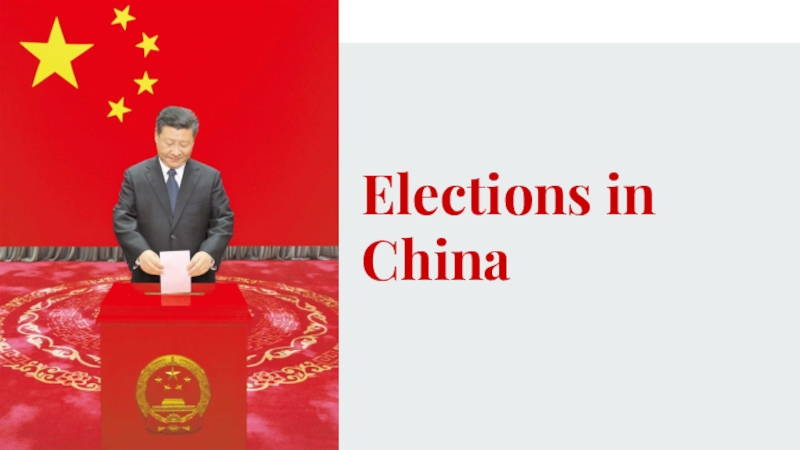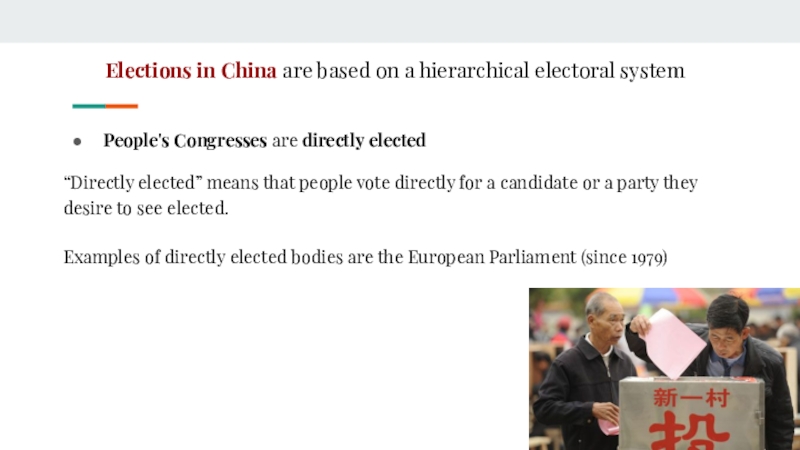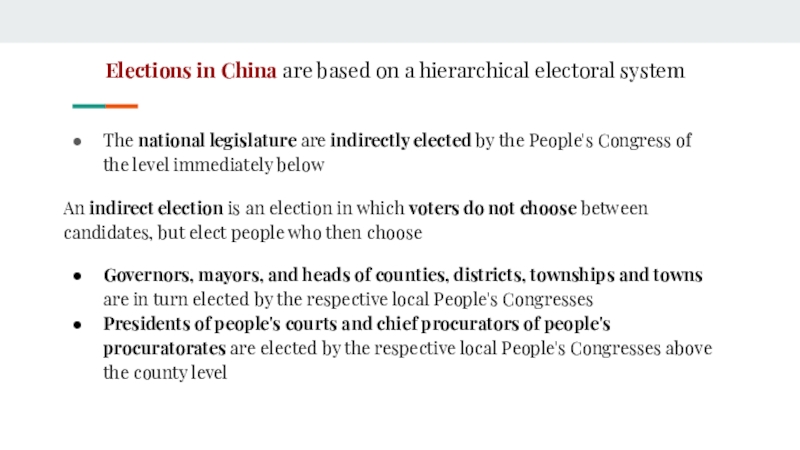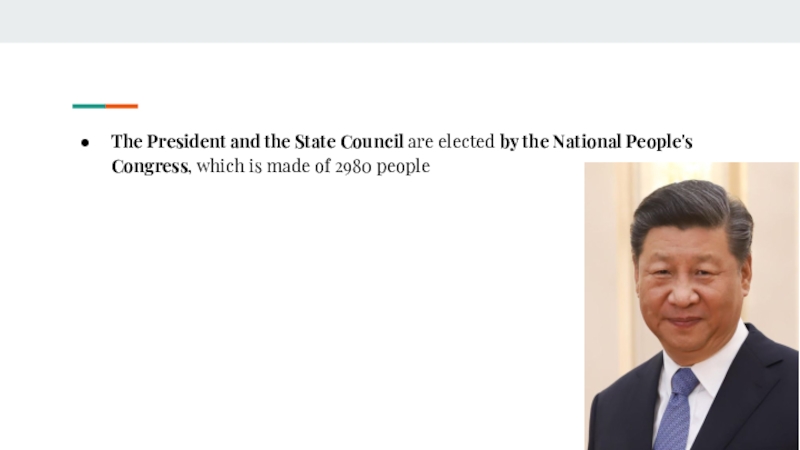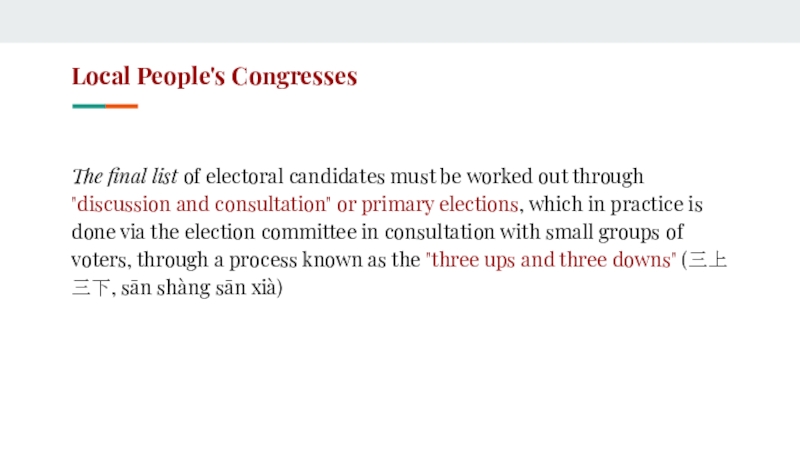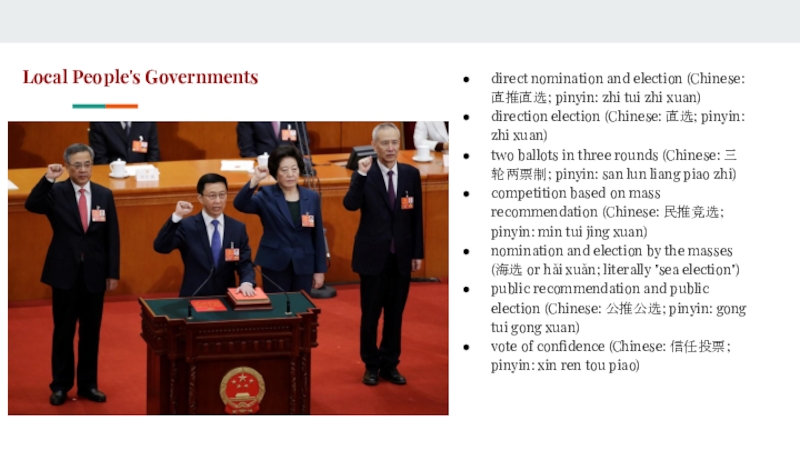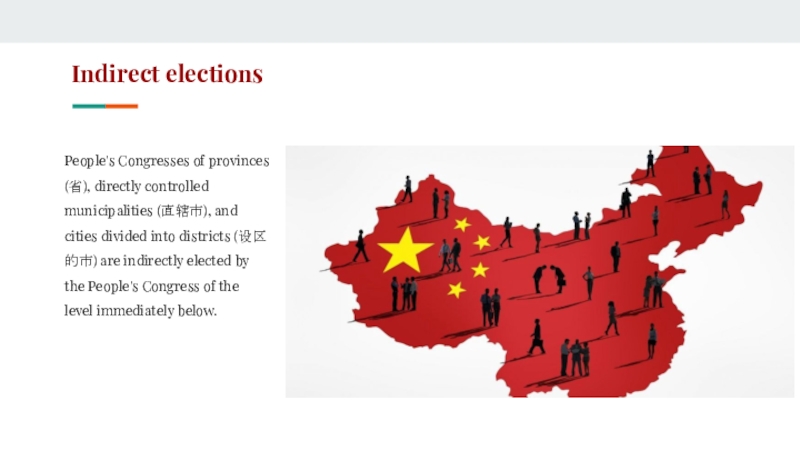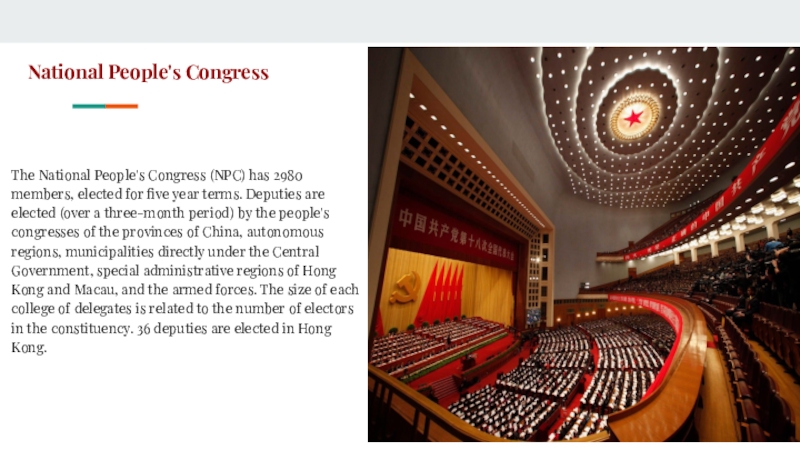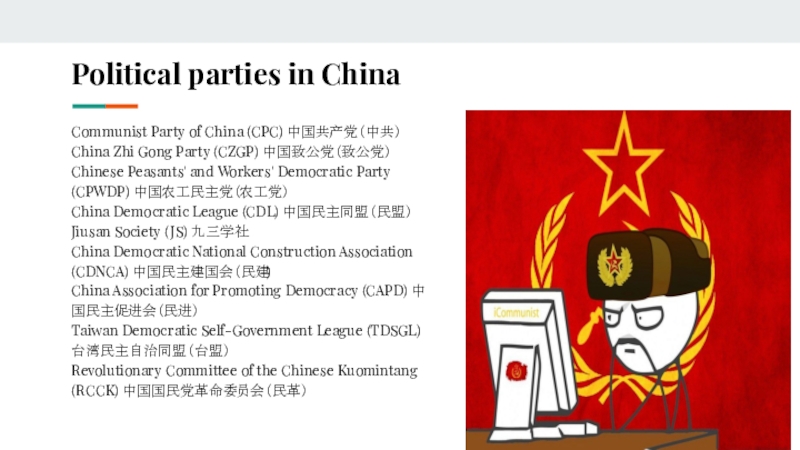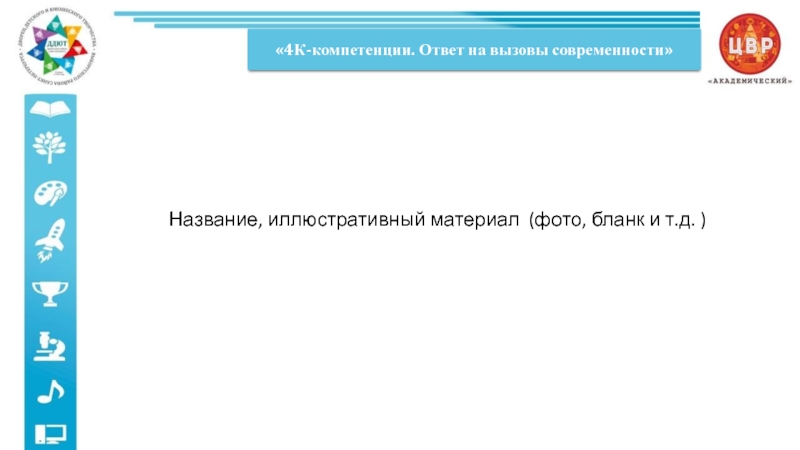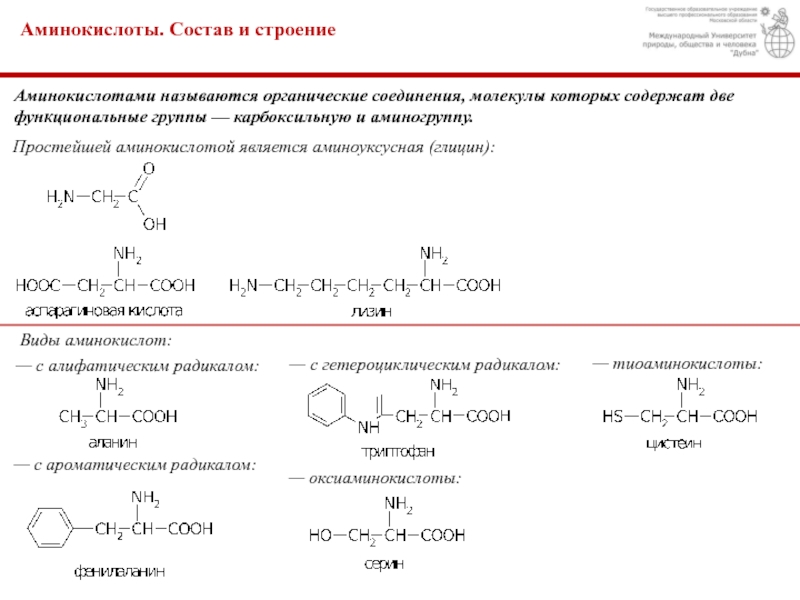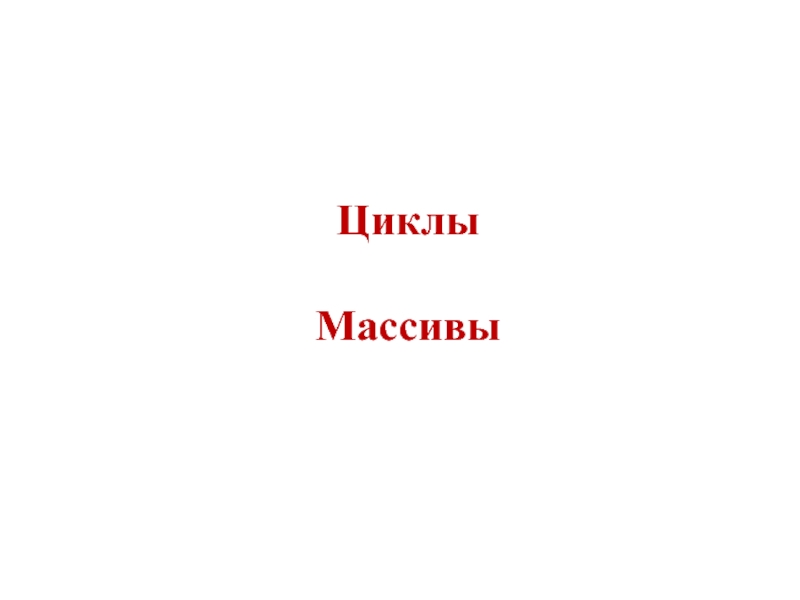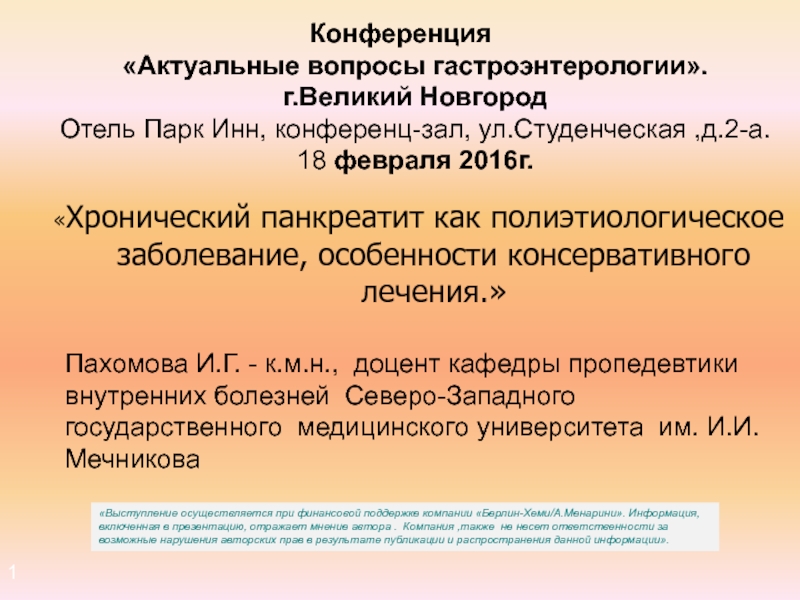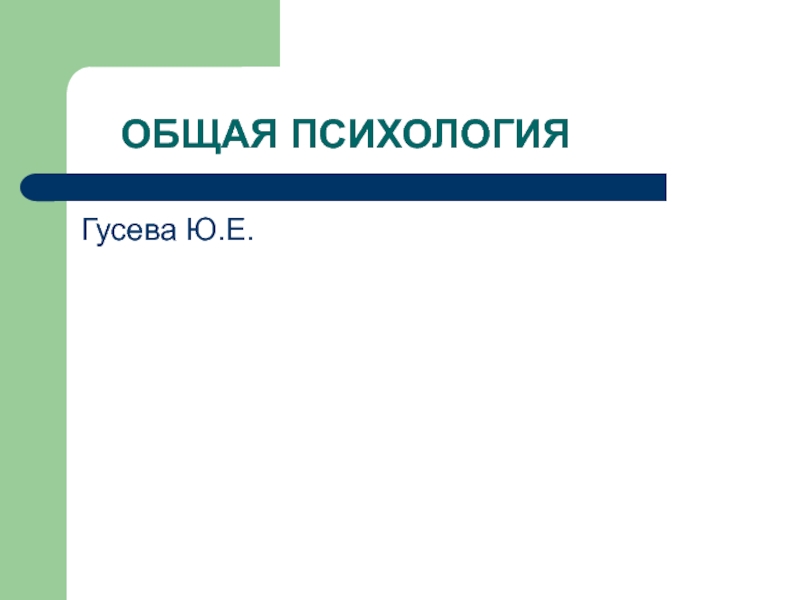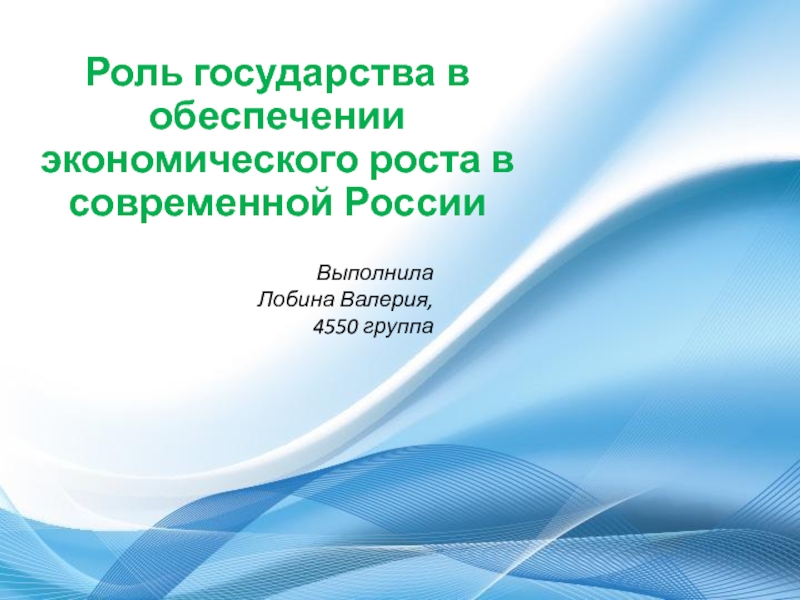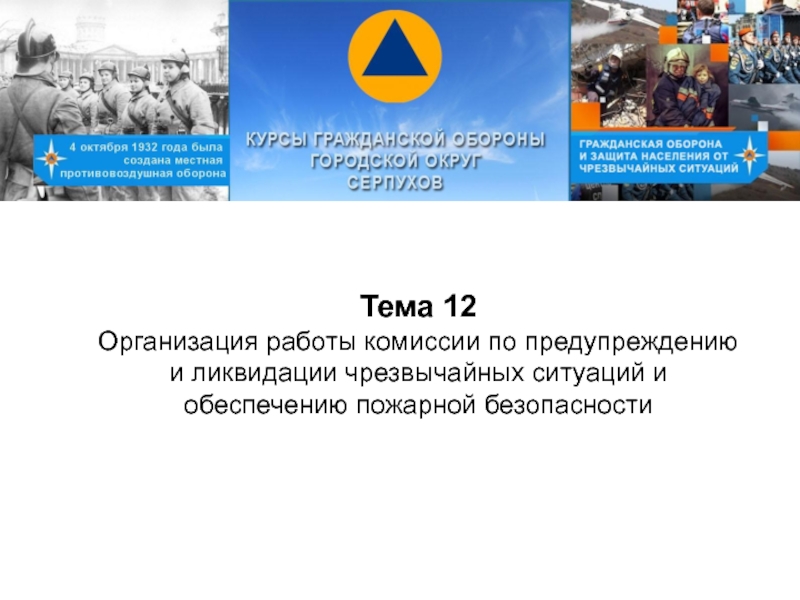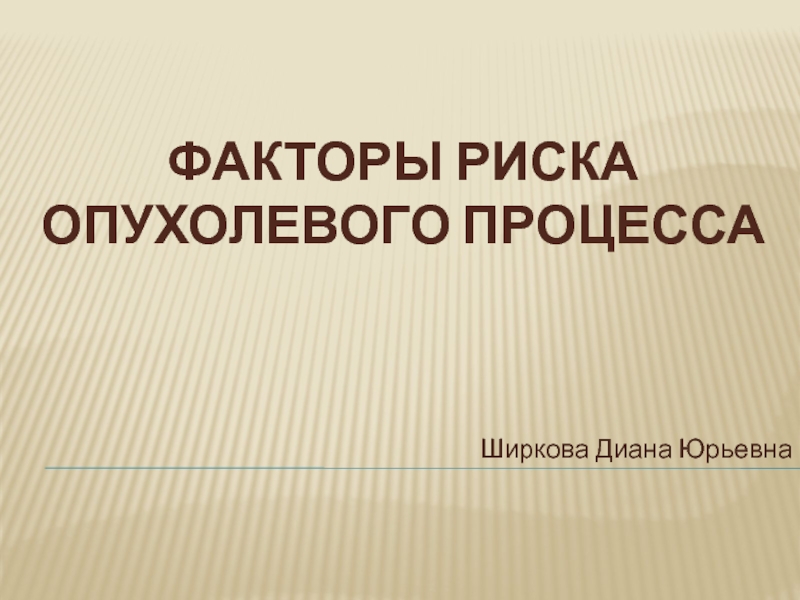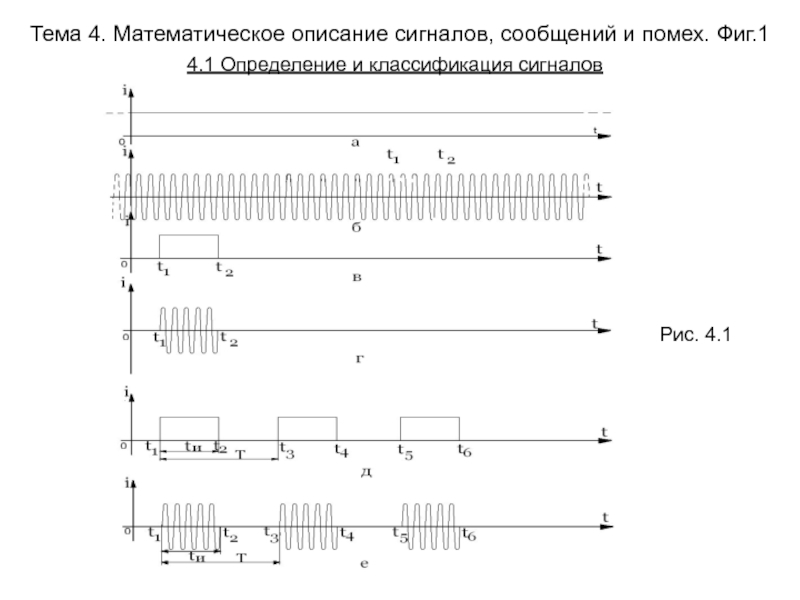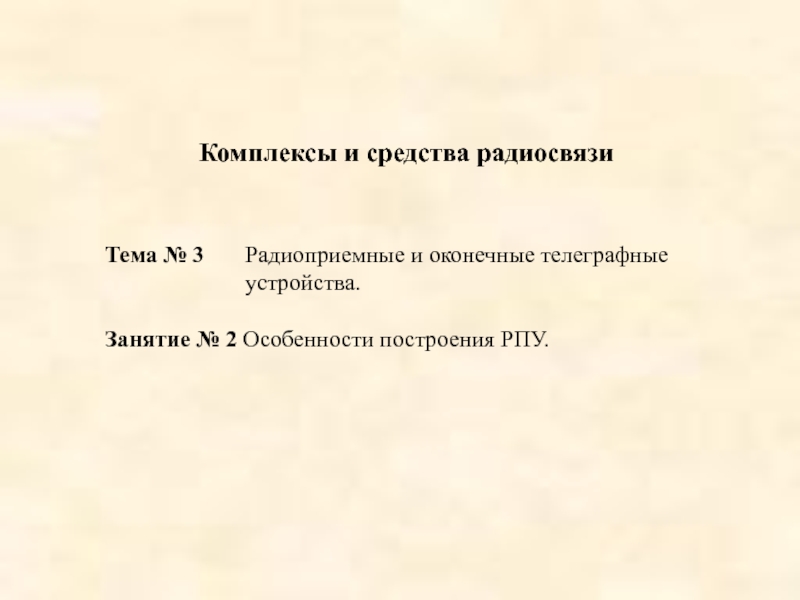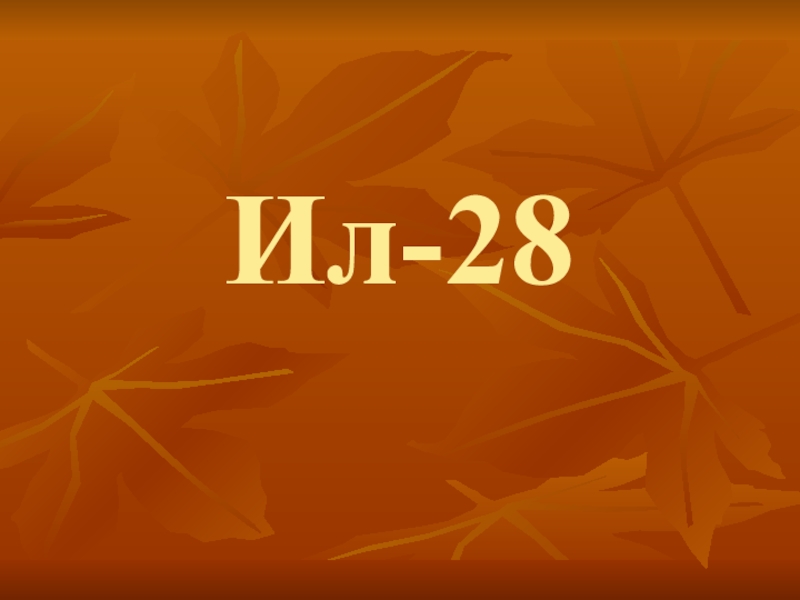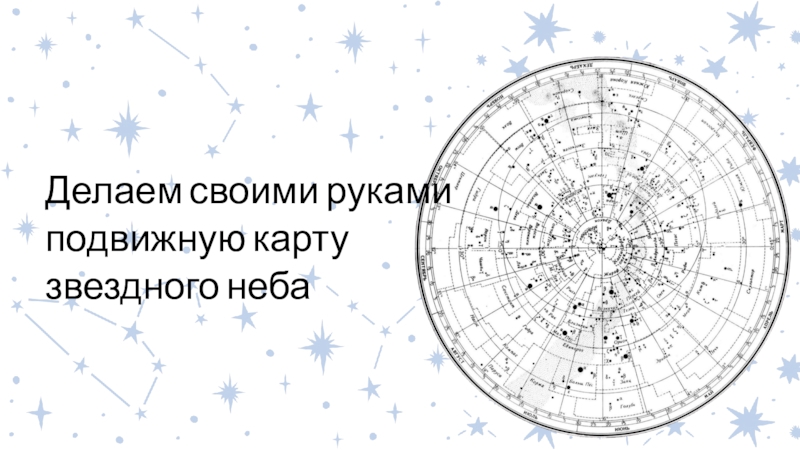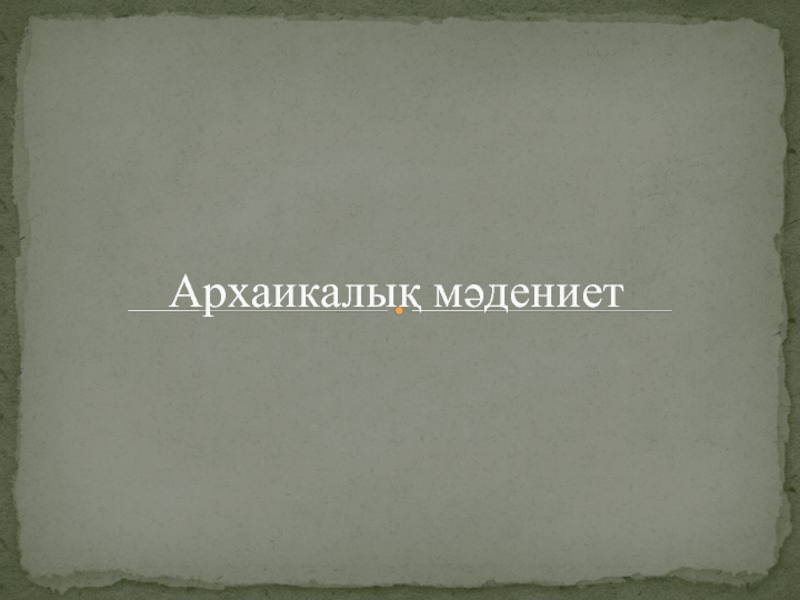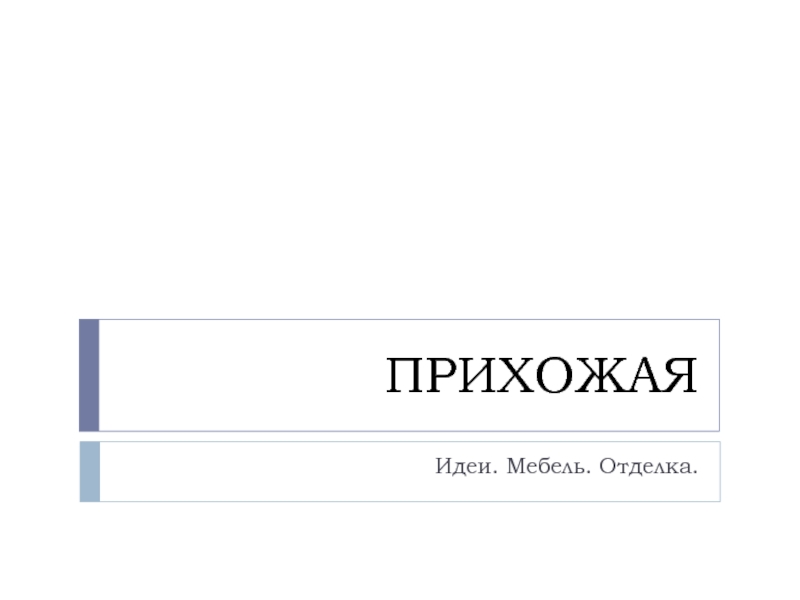Разделы презентаций
- Разное
- Английский язык
- Астрономия
- Алгебра
- Биология
- География
- Геометрия
- Детские презентации
- Информатика
- История
- Литература
- Математика
- Медицина
- Менеджмент
- Музыка
- МХК
- Немецкий язык
- ОБЖ
- Обществознание
- Окружающий мир
- Педагогика
- Русский язык
- Технология
- Физика
- Философия
- Химия
- Шаблоны, картинки для презентаций
- Экология
- Экономика
- Юриспруденция
Elections in China
Содержание
- 1. Elections in China
- 2. The State Structure
- 3. Elections in China are based on a
- 4. Elections in China are based on a
- 5. The President and the State Council are
- 6. Direct electionsPeople's Congresses of cities that are
- 7. Local People's CongressesThe final list of electoral
- 8. first "up" - the election committee collates
- 9. Local People's Governmentsdirect nomination and election (Chinese:
- 10. Indirect electionsPeople's Congresses of provinces (省), directly
- 11. National People's CongressThe National People's Congress (NPC)
- 12. National People's GovernmentThe President and Vice President
- 13. The number of constituenciesThere are 35 major
- 14. Political parties in ChinaCommunist Party of China
- 15. Скачать презентанцию
Слайды и текст этой презентации
Слайд 3Elections in China are based on a hierarchical electoral system
People's
Congresses are directly elected
for a candidate or a party they desire to see elected. Examples of directly elected bodies are the European Parliament (since 1979)Слайд 4Elections in China are based on a hierarchical electoral system
The
national legislature are indirectly elected by the People's Congress of
the level immediately belowAn indirect election is an election in which voters do not choose between candidates, but elect people who then choose
Governors, mayors, and heads of counties, districts, townships and towns are in turn elected by the respective local People's Congresses
Presidents of people's courts and chief procurators of people's procuratorates are elected by the respective local People's Congresses above the county level
Слайд 5The President and the State Council are elected by the
National People's Congress, which is made of 2980 people
Слайд 6Direct elections
People's Congresses of cities that are not divided into
districts (不设区的市-Bù shè qū de shì), counties (县-Xiàn), city districts
(市辖区-Shì xiáqū), towns (镇-Zhèn), townships (乡-Xiāng), and lastly ethnic townships (民族乡-Mínzú xiāng), are directly elected.Village (村-Cūn) committee members and chairpersons are directly elected.
Local People's Congresses have the constitutional authority to recall the heads and deputy heads of government at the provincial level and below
Under the electoral law of 1979, nomination of candidates for direct elections (in counties, townships, etc.) can be made by the Communist Party of China, the various other political parties, mass organizations, or any voter seconded by at least 3 others
Слайд 7Local People's Congresses
The final list of electoral candidates must be
worked out through "discussion and consultation" or primary elections, which
in practice is done via the election committee in consultation with small groups of voters, through a process known as the "three ups and three downs" (三上三下, sān shàng sān xià)Слайд 8first "up" - the election committee collates all of the
nominations, checks them, and publishes the list of nominees and
their basic details first "down"- the published list is given to groups of electors, comprising the voters in each geographical or institutional electorate for discussion second "up" - the views of the groups of electors are conveyed via group representatives at a committee meeting, in order to reduce the number of candidates second "down"- the views of different elector groups and the discussions at the committee meeting are then conveyed to voters third "up" - the views of the groups of electors are once again collated and reported to the election committee which, by reference to the views of the majority of electors, determine the final list of candidates third "down" - the list of names and basic details is published by electorateAccording to the Chinese government, the "three ups and three downs" process is supposed to operate as follows:
Слайд 9Local People's Governments
direct nomination and election (Chinese: 直推直选; pinyin: zhi
tui zhi xuan)
direction election (Chinese: 直选; pinyin: zhi xuan)
two ballots
in three rounds (Chinese: 三轮两票制; pinyin: san lun liang piao zhi)competition based on mass recommendation (Chinese: 民推竞选; pinyin: min tui jing xuan)
nomination and election by the masses (海选 or hǎi xuǎn; literally "sea election")
public recommendation and public election (Chinese: 公推公选; pinyin: gong tui gong xuan)
vote of confidence (Chinese: 信任投票; pinyin: xin ren tou piao)
